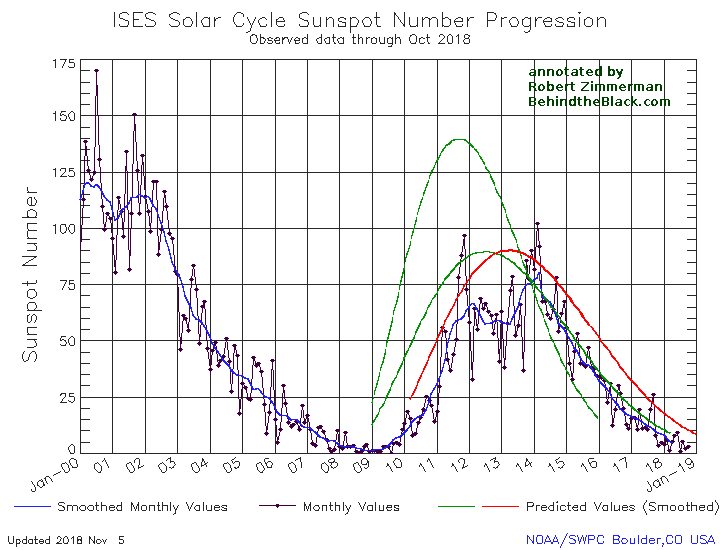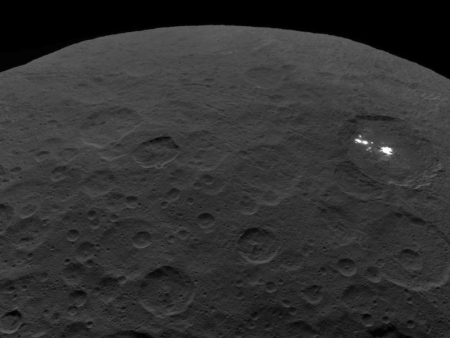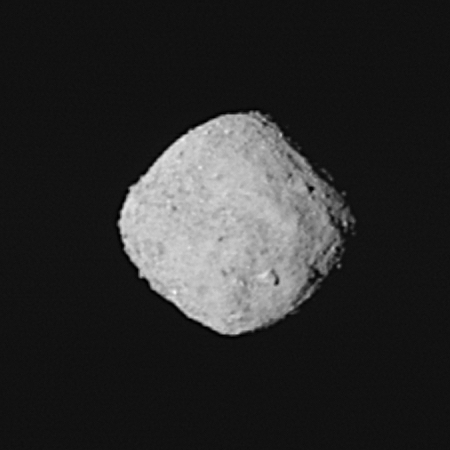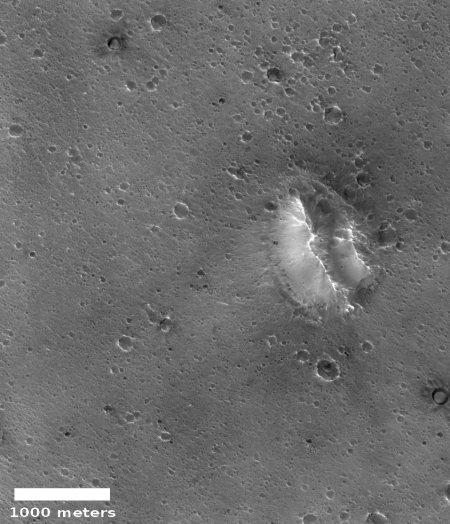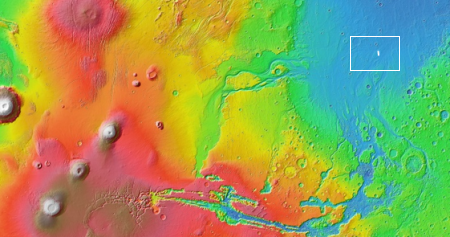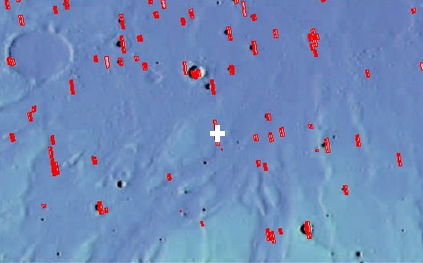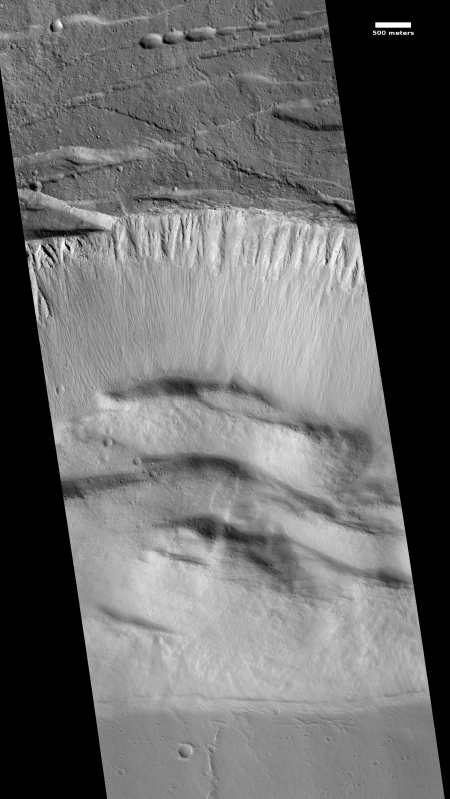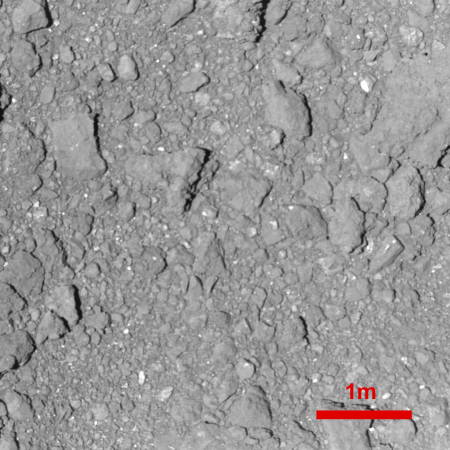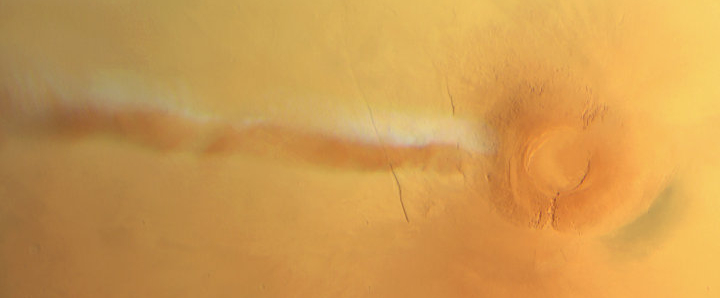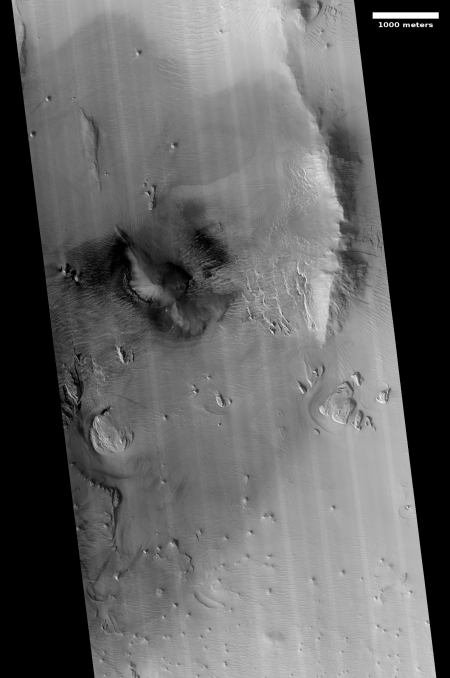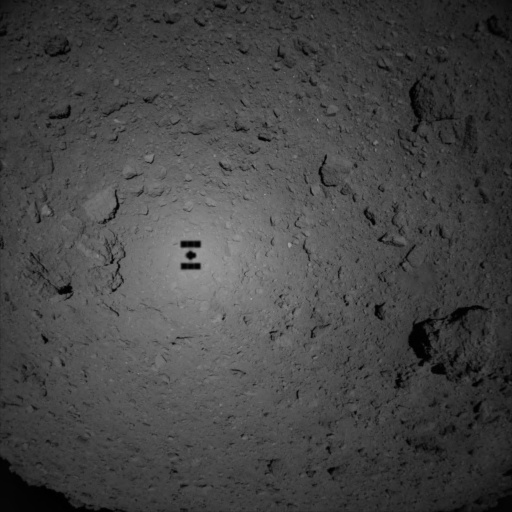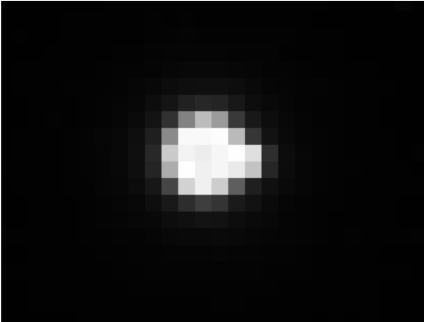Oumuamua might be artificial lightsail
A new analysis of the velocity and path of the interstellar object Oumuamua suggests it might be an artificial lightsail.
The study, which was posted online earlier this month, suggests that Oumuamua’s strange “excess acceleration” could be artificial in nature, as it has been implied that it is not an active comet. “Considering an artificial origin, one possibility is that ‘Oumuamua is a lightsail, floating in interstellar space as a debris from an advanced technological equipment,” researchers wrote in the paper.
The paper continues: “Lightsails with similar dimensions have been designed and constructed by our own civilization, including the IKAROS project and the Starshot Initiative. The lightsail technology might be abundantly used for transportation of cargos between planets or between stars.”
They even theorized that Oumuamua “may be a fully operational probe sent intentionally to Earth vicinity by an alien civilization,” though that scenario was called “exotic.”
All of this is speculation. However, that the object is moving faster than expected, based on the initial data of its path, is quite intriguing. The authors of the paper concluded that the excess speed was caused by “solar radiation pressure.” They also calculated that for the light pressure to cause that increase in speed as it moves away requires it to have a large surface area.
The observations are not sufficiently sensitive to provide a resolved image of ‘Oumuamua, and one can only speculate on its possible geometry and nature. Although periodic variations in the apparent magnitude are observed, there are still too many degrees of freedom (e.g., observing angle, non-uniform reflectively, etc.) to definitely constrain the geometry. The geometry should not necessarily be that of a planar sheet, but may acquire other shapes, e.g., involving a curved sheet, a hollow cone or ellipsoidal, etc. Depending on the geometry our estimated value for the mass-to-area ratio will change, but the correction is typically of order unity.
They then speculate the possibility of the object being an interstellar probe.
A new analysis of the velocity and path of the interstellar object Oumuamua suggests it might be an artificial lightsail.
The study, which was posted online earlier this month, suggests that Oumuamua’s strange “excess acceleration” could be artificial in nature, as it has been implied that it is not an active comet. “Considering an artificial origin, one possibility is that ‘Oumuamua is a lightsail, floating in interstellar space as a debris from an advanced technological equipment,” researchers wrote in the paper.
The paper continues: “Lightsails with similar dimensions have been designed and constructed by our own civilization, including the IKAROS project and the Starshot Initiative. The lightsail technology might be abundantly used for transportation of cargos between planets or between stars.”
They even theorized that Oumuamua “may be a fully operational probe sent intentionally to Earth vicinity by an alien civilization,” though that scenario was called “exotic.”
All of this is speculation. However, that the object is moving faster than expected, based on the initial data of its path, is quite intriguing. The authors of the paper concluded that the excess speed was caused by “solar radiation pressure.” They also calculated that for the light pressure to cause that increase in speed as it moves away requires it to have a large surface area.
The observations are not sufficiently sensitive to provide a resolved image of ‘Oumuamua, and one can only speculate on its possible geometry and nature. Although periodic variations in the apparent magnitude are observed, there are still too many degrees of freedom (e.g., observing angle, non-uniform reflectively, etc.) to definitely constrain the geometry. The geometry should not necessarily be that of a planar sheet, but may acquire other shapes, e.g., involving a curved sheet, a hollow cone or ellipsoidal, etc. Depending on the geometry our estimated value for the mass-to-area ratio will change, but the correction is typically of order unity.
They then speculate the possibility of the object being an interstellar probe.

